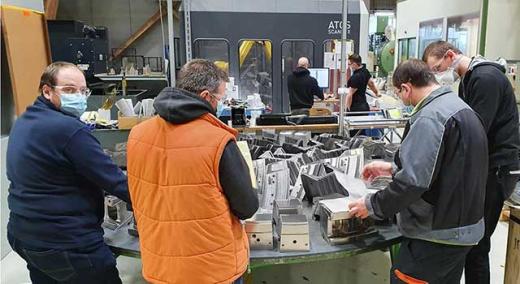GE
People interact with machines in countless ways every day. In some cases, they actively control a device, like driving a car or using an app on a smartphone. Sometimes people passively interact with a device, like being imaged by an MRI machine. And sometimes they interact with machines without consent or even knowing about the interaction, like being scanned by a law enforcement facial-recognition system.
|
ADVERTISEMENT |
Human-machine interaction (HMI) is an umbrella term that describes the ways people interact with machines. It’s a key aspect of researching, designing, and building new technologies as well as also studying how people use and are affected by technologies.
Researchers, especially those traditionally trained in engineering, increasingly are taking a human-centered approach when developing systems and devices. This means striving to make technology that works as expected for the people who will use it, by taking into account what’s known about the people and by testing the technology with them. But even as engineering researchers increasingly prioritize these considerations, some in the field have a blind spot: diversity.
…

Add new comment